What the world can learn from Odisha, India’s most disaster-ready state
Through continuous focus on developing manpower, skill, and infrastructure, the coastal state of Odisha has emerged as one of the most disaster-ready states in the world today.
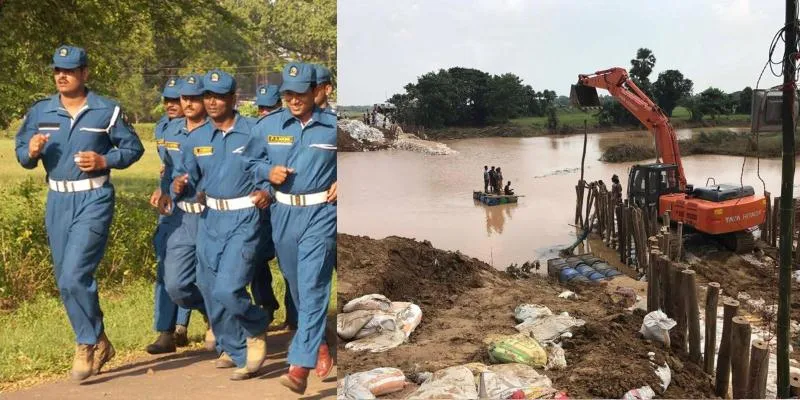
Learning its lessons from the super-cyclone of 1999 which claimed 10,000 lives in Odisha, the eastern state has, over the years, emerged as a role model in disaster preparedness. With decades of positive intervention by the government, civil society groups, and NGOs, the state has received praise from numerous national and international organisations, including the United Nations.
A system that works
In 2013, when cyclone Phailin rattled the Indian coasts, the government of Odisha undertook the largest ever evacuation, shifting 11 lakh people into safety. The state stood strong as rains lashed the landscape, and death toll was contained to 21. Next year when cyclone Hudhud hit Odisha, the death toll was contained to just two.
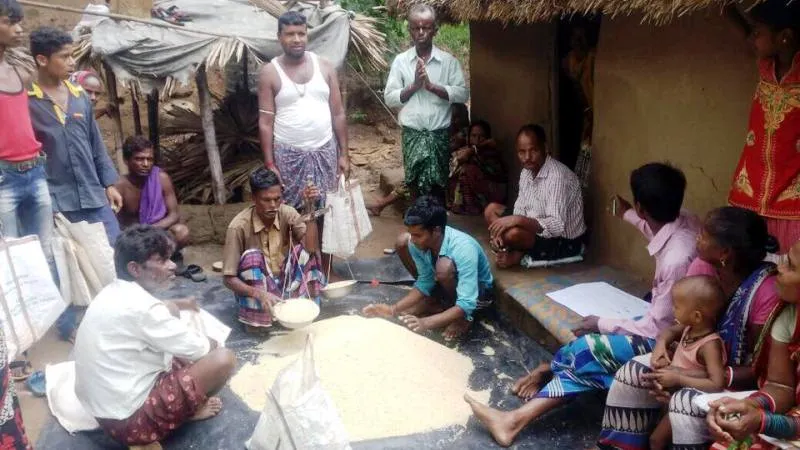
“The natural disasters we get in Odisha are of different intensity. If we keep stepping on a thorn again and again, year after year, the toe skin becomes thick; and we have to find a solution for it,” Tathagata Satpathy, Member of Parliament from Odisha’s Dhenkanal constituency, tells us.
The Odisha State Disaster Management Authority (OSDMA) was established in 1999, much before the Disaster Management Act was passed in 2005, and the National Disaster Management Authority (NDMA) was constituted in 2001. OSDMA was the first disaster management authority centre established in India, or perhaps the world, given its scale of operations.
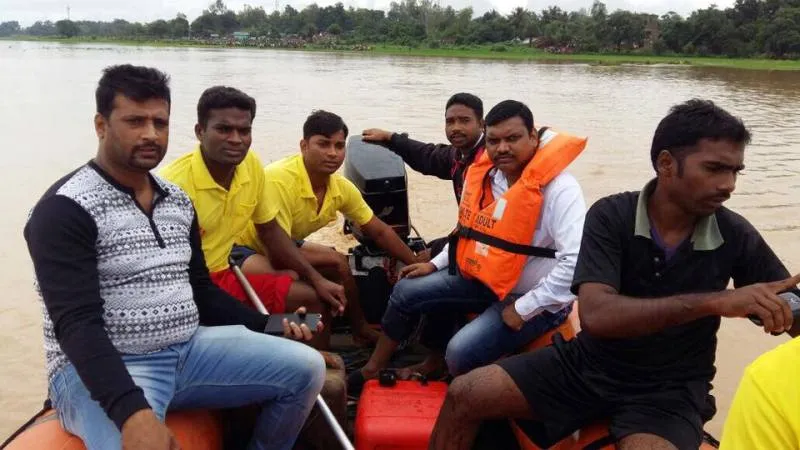
“Even today, Odisha, along with Assam, Gujarat, and Bihar are the only states with active State Disaster Management Authorities (SDMAs). These states have their own offices, management, and staff. In most states, SDMAs are still being run out of the State Revenue Department Office, which is a temporary arrangement,” says Mohamad Farukh, CEO of Rapid Response, a disaster relief NGO.
Developing manpower, infrastructure, and skill
“Across the vulnerable areas of Odisha, we have built close to 800 multipurpose cyclone and flood shelters,” says Kapil Mishra, chief general manager, OSDMA. These shelters are in line with designs proposed by IIT Kharagpur. These silted structures have open spaces in the ground floor for water to fill in as people take shelter on the first floor. “The World Bank has also endorsed us and asked other states to follow our design,” he says.
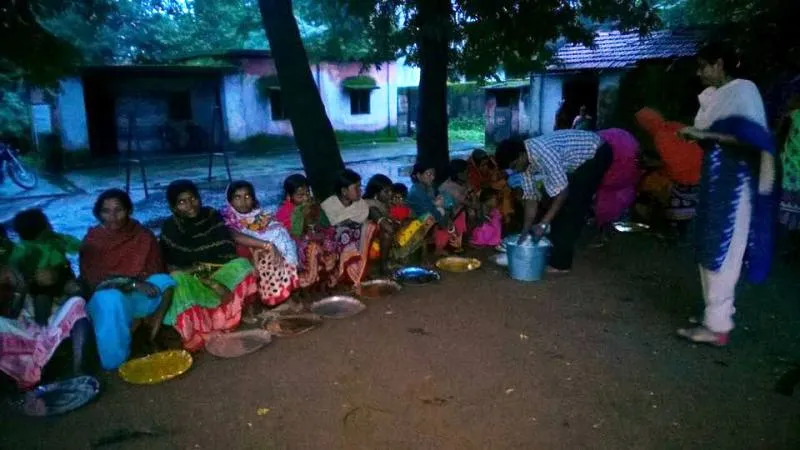
Empowering the community has been a big game-changer. All vulnerable regions in Odisha have active Cyclone Management Centres, which are community-based organisations with the local Sarpanch as the president. “At each centre, we have trained young volunteers in rescue and training. We have also given rescue equipment to each centre. In our preparedness, community is our first point of contact for rescue,” he adds.
“We have raised 20 units of Odisha Disaster Rapid Action Force (ODRAF), comprised of highly trained personnel with multi-disaster tackling capabilities. They are trained in tackling floods, building collapses, cyclones, biological and nuclear disasters.”
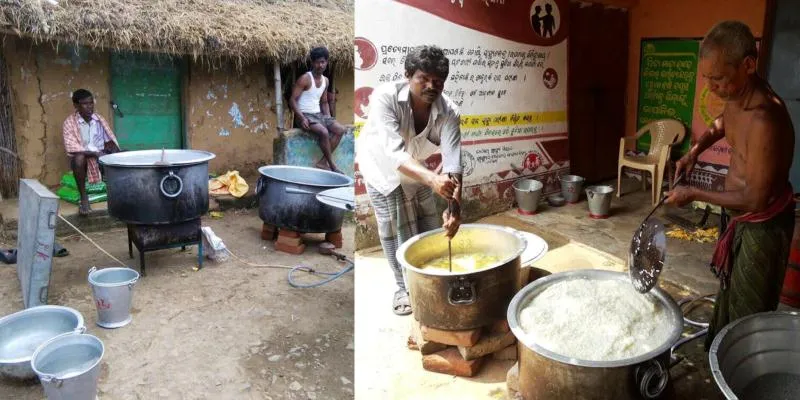
These initiatives have been driven by the state’s police department, as the government has actively worked on providing necessary training and incentives. “To the people who used to hold only lathi and gun, we have given chain saw, inflatable tower light, and rubber boats. We gave them training and they are now saving people’s lives,” Kapil adds.
The state government has also announced the construction of the State Institute of Disaster Management (SIDM) at Gothapatna to train officials, personnel of the ODRAF, fire department, and people living in vulnerable areas in disaster management. Set up on a 17-acre area, the estimated budget for the project is Rs 49 crore.
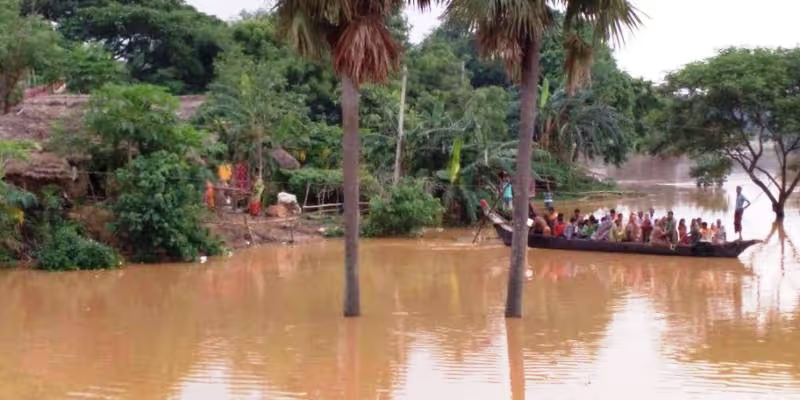
Alertness is the key
Odisha plans to create a network of weather forecasting doppler radars across the state. The ones in Gopalpur and Paradip are already operational, while two more radars are planned in Balasore and Sambalpur.
The fishermen are the first to be alerted. “There are radio announcements made a week prior to the onset of the cyclone. The moment the cyclone starts building in the Bay of Bengal, the government starts announcing — keep clear, keep clear!” says Sathpathy.
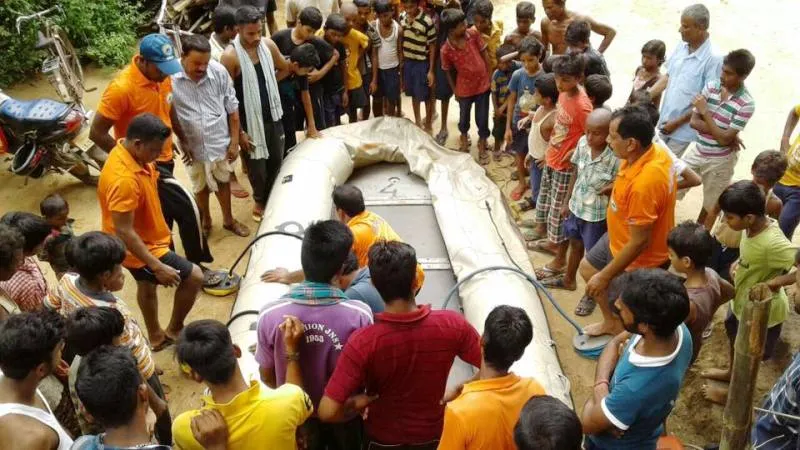
“We come to know at least 120 hours before the cyclone hits us because of the technology available,” Kapil says. Similarly, in case of river floods, OSDMA receives information 24-48 hours prior to the disaster.
Odisha has recently implemented its ambitious Early Warning Dissemination System (EWDS). Using the mechanism, OSDMA can activate sirens across 122 towers operational across the state’s 480 km coastline, alerting the population at the press of a single button.
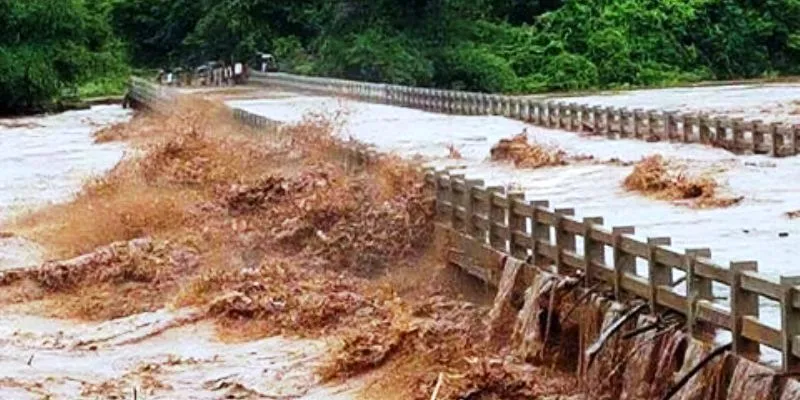
Climate change affects us all
“The scale and extent of disasters have changed in recent years. We have faced the worst drought and fiercest cyclones, one year after another,” Farukh tells us from his own experience of providing disaster relief.
Discussing the wrath of cyclones and floods Odisha has faced, Sathpathy says, “Saline water destroys agriculture. Then there is sand casting on agricultural fields which is almost impossible to remove.”
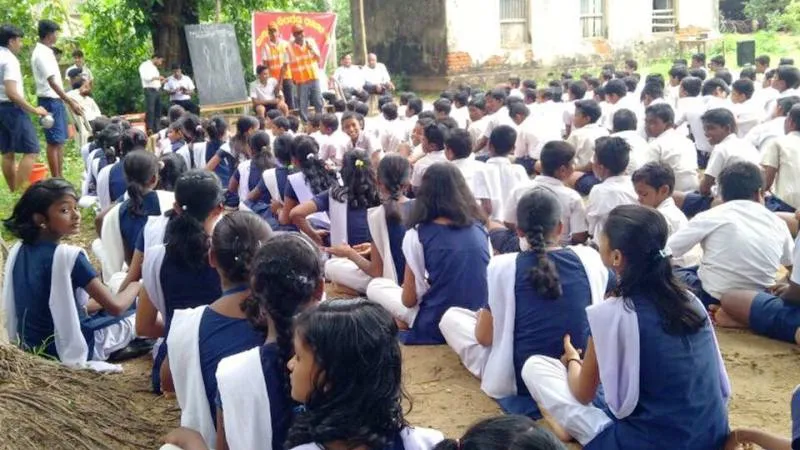
“Trees are uprooted, forest cover is damaged, waterways are damaged. The little rivulets and streams which the farmer used to irrigate his field with, suddenly change course. The sea comes in with force and a bulk of water. The natural curvets get filled and the landscape changes when the waters recede."
Kapil says, “There is nothing like complete disaster management anywhere. No state will ever guarantee that they have done it all. Disaster is dynamic, and with the climate change situation, the intensity and frequency of disaster is changing. And it is getting erratic.”
Photo Credits: Special Relief Commissioner, Odisha.
Enter the SocialStory Photography contest and show us how people are changing the world! Win prize money worth Rs 1 lakh and more. Click here for details!







